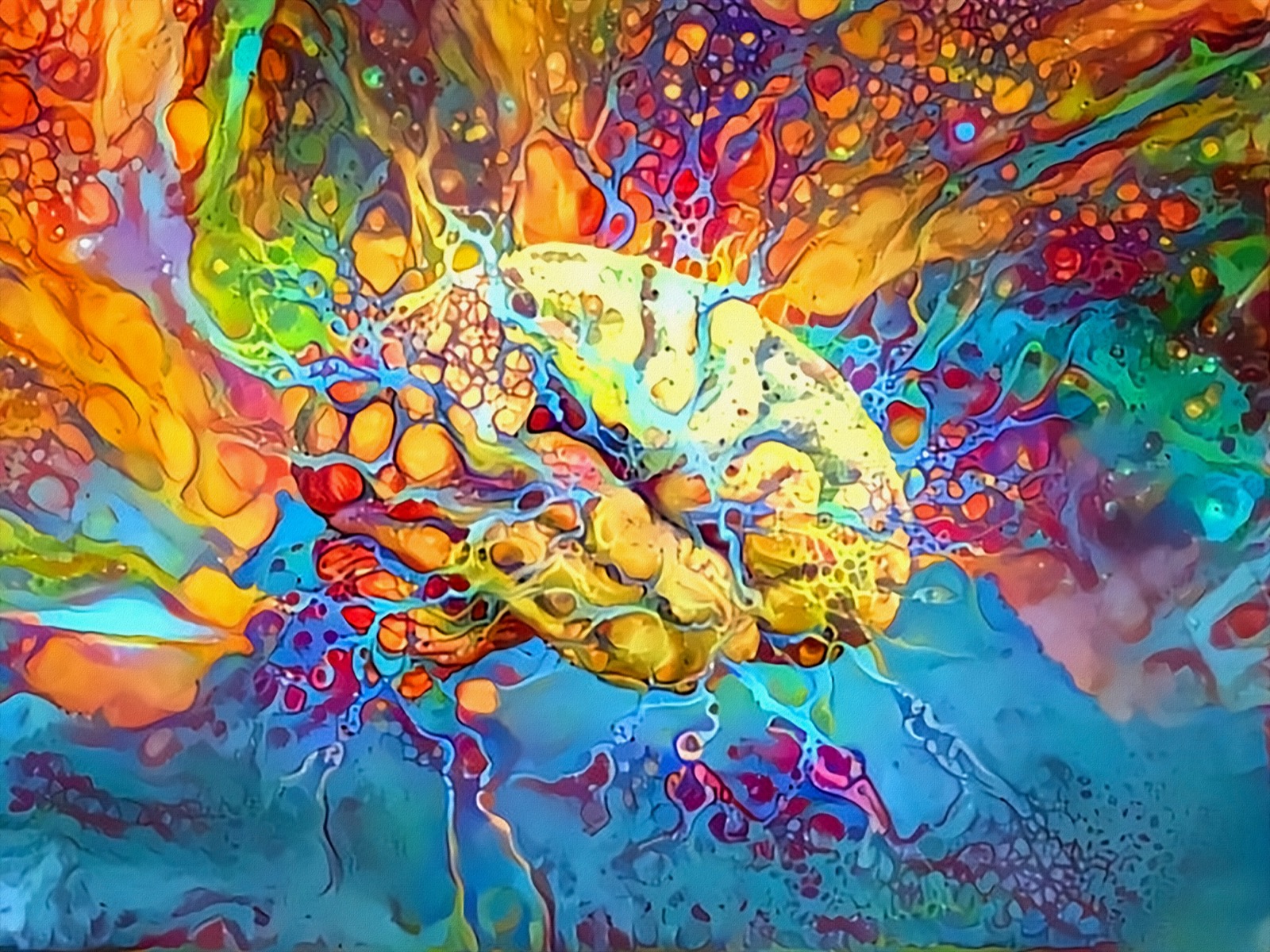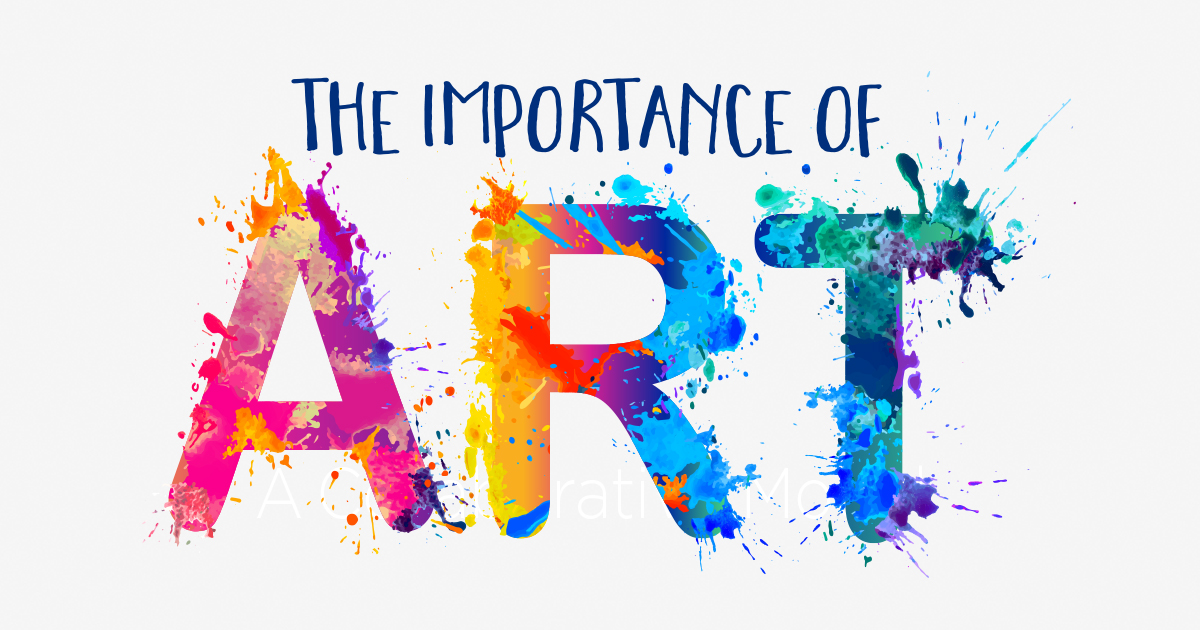Embarking on an Aesthetic Trip Through the Lyrical Interpretations of Nature in Impressionist Landscapes
In the realm of art background, the Stylist activity stands apart as a crucial duration that changed the means nature was shown on canvas. Musicians such as Claude Monet, Camille Pissarro, Edgar Degas, Berthe Morisot, and Vincent Van Gogh caught the significance of the environment with their distinct interpretations, creating landscapes that transcend mere visual depiction. Each brushstroke, each play of light and darkness, and each color choice in their works speaks quantities concerning the musicians' deep link to nature and their capacity to equate its appeal onto the canvas. As we discover the lyrical analyses of nature in Stylist landscapes, we are welcomed to immerse ourselves in a world where fact and feeling link, using a glimpse into the artists' profound admiration for the natural world.
The Fascinating Brushstrokes of Claude Monet
Claude Monet's mastery of brushstrokes goes beyond mere strategy, imbuing his landscapes with an ethereal high quality that mesmerizes and astounds audiences - trump art. His cutting-edge usage of color and light, incorporated with his unique brushwork, produces a sense of activity and life within his paints. Monet's popular collection of works portraying water lilies and his famous haystacks showcase his capacity to catch the fleeting results of light and ambience

Checking Out Light and Shadow With Camille Pissarro
Symbolizing a comparable reverence for the interaction of light and darkness, Camille Pissarro's artistic vision unfolds as an unified exploration of the environment's luminescent subtleties. Pissarro, a vital figure in the Impressionist motion, masterfully recorded the vibrant connection between light and shadow in his landscapes. His skilled use of shade and brushwork allowed him to share the refined changes in light that specify different times of day and periods.
Pissarro's paintings commonly feature dappled sunshine filtering system through leaves, casting elaborate patterns of light and darkness on the planet listed below. In jobs such as "Hoar Frost, the Effect of Snow, Pontoise," Pissarro skillfully portrays the crisp brightness of wintertime sunshine juxtaposed with the trendy shadows that define the snowy landscape. By embracing both light and shadow in his structures, Pissarro invites customers to submerse themselves in the all-natural elegance and short-term results of light in the globe around them.

Via Pissarro's jobs, we are advised of the transformative power of light and darkness, welcoming us to pause and appreciate the short lived moments of elegance present in the day-to-day landscapes that surround us.
A Harmony of Color Styles by Edgar Degas
Edgar Degas coordinates a lively harmony of shades in his masterful artworks, instilling his make-ups with a vibrant interaction of shades that astound the viewer's look. Recognized primarily for his ballet dancers and intimate scenes of Parisian life, Degas skillfully adjusted shades to share mood and motion in his paints. trump art. His use vibrant, different shades and subtle tonal variations created a sense of depth and vibrancy within his works
Degas' shade combination often was composed of rich blues, deep greens, and cozy oranges, which he used with positive brushstrokes to capture the significance of his topics. Whether depicting a ballerina mid-performance or a group of good friends talking at a cafe, Degas' shades not only portrayed the scene but additionally stimulated a feeling of feeling and energy.
In Addition, Degas' experimentation with light and darkness added an additional layer of intricacy to his color make-ups, improving the general ambience of his paintings (trump art). Through his skilled manipulation of shade, Degas created an aesthetic symphony that remains to resonate with viewers today
Exploring Nature's Tranquility With Berthe Morisot
Berthe Morisot's creative vision supplies find out here now a peaceful separation from the lively color harmonies of Edgar Degas, as she captures the harmony of nature in her evocative landscapes. Recognized for her delicate brushwork and intimate representations of daily life, Morisot's landscapes exude a feeling of peace and consistency.
Morisot's paints typically include soft, soft tones that convey a sense of calmness and serenity. Her jobs, such as "The Cradle" and "Summertime's Day," showcase her capability to capture the refined charm of nature in a manner that is both relaxing and contemplative to the audience.
Unlike a few of her Impressionist equivalents that concentrated on strong colors and vibrant compositions, Morisot chose to develop mild, introspective scenes that invite the customer to stop and show. Through her masterful usage of light and darkness, Morisot develops a sense of serenity that resonates with the visitor on a deep emotional level.
The Emotional Landscapes of Vincent Van Gogh
Vincent Van Gogh's landscapes clearly share a deepness of emotion with their vibrant brushwork and meaningful use color. The Dutch post-impressionist artist is renowned for his capacity to record intense and raw emotions in his paintings, transcending conventional depictions of nature. Van Gogh's turbulent individual life, marked by mental health and wellness battles, greatly influenced his art, infusing his landscapes with a feeling of worry, sorrowful, or pep.
In jobs such as "Starry Night" and "Wheatfield with Crows," Van Gogh's swirling brushstrokes and dynamic color choices evoke an extensive psychological feedback from visitors. The stormy skies and flustered landscapes in his paintings reflect his inner turmoil and emotional turbulence, inviting viewers to explore the complexities of his psyche.
Van Gogh's unique aesthetic language, identified by overstated point of views and bold usage of shade, produces landscapes that resonate with visitors on a deeply psychological level. Through his art, Van Gogh welcomes us to see nature not equally as an external reality yet as a mirror of our innermost sensations and emotions.
Conclusion
Finally, the impressionist landscapes of musicians such as Claude Monet, Camille Pissarro, Edgar Degas, Berthe Morisot, and Vincent Van Gogh provide a distinct and exciting aesthetic analysis of nature. Through their usage of brushstrokes, light, color, and emotion, these artists have actually produced a harmony of pictures that evoke a feeling of serenity and charm in the natural globe. Their works continue to motivate and enchant viewers with their lyrical analyses of the landscapes around us.
Each brushstroke, site each play of light and darkness, and each color selection in their jobs talks quantities regarding the artists' deep connection to nature and their capability to translate its appeal onto the canvas. His ingenious usage of color and light, incorporated with his unique brushwork, creates a feeling of movement and life within his paints. His skilled use of shade and brushwork enabled him to share the subtle changes in light that define various times of day and periods.
